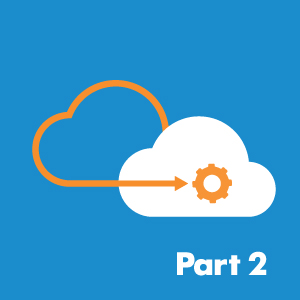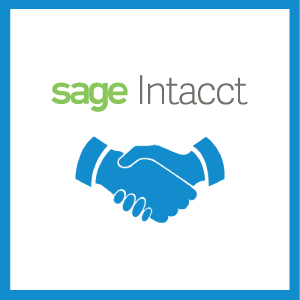Controllers: How to Make the Case for an ERP Upgrade
Making the case for an ERP upgrade can be a daunting task. Below is our cheat sheet on how to know when you are ready, tips for making your case, and what to expect once you have the approval to move forward.
How to Know When it is Time for an Upgrade
There are different types of “key experiences” you can have that would signal it is time to upgrade your software solution. Being able to recognize these signals early on will save your company money, time, and keep you ahead of your competition. Read below about the different signals that show it’s time to make the case and present it to your executive team.
- When your close is taking too long– When your end of month close is taking 6-15 days causing your executive team to work off “old data”. Real-time data is key to growth for a company. Decision-makers within a company need data almost instantly in this technology-driven time.
- When the manual processes become too much– It is time to upgrade when manual data entry is taking up too much time, leaving your finance team constantly behind. Also, manual entry becomes a problem due to data entry errors.
- When it takes too long to understand your data- Your data should work for you. Reports should be easy to create based off dimensions you set. In a cloud-based ERP solution, you can slice and dice your data any way you need quickly to make decisions and create dashboards to quickly find key indicators that drive critical business decisions.
- You are adding new entities (additional locations or brands/product lines)– Being able to have granular insight into all locations as well as consolidated reporting is key to being able to grow.
- When you are adding new staff and want to limit their access to certain sensitive data- a cloud-based ERP will allow you to restrict user access to specific entities and allow you to control their permissions to perform certain tasks or view types of sensitive data such as payroll.
- You are expanding to multicurrency– When you are adding an additional currency you will need to evaluate if your system allows more than one currency and if so, does it have the capabilities to produce the consolidated reporting you need? When evaluating the capabilities of your current system, look for the ability to automate conversions for transactions or reporting. Also, having the choice on which currency reports will be produced in is important.
Join us for our Coffee Demo Today!
How to Make Your Case
The best way to make your case for an upgrade is to show your executive team the time you can save, the money they can save, peace of mind they will have by having a more secure system, and the impact of adding capabilities that will help them make decisions that can grow their business.
For time savings, show how you can cut your closing time in half by having data available almost immediately. You can also demonstrate how you and the finance team will be able to cut down on manual processes through automation, freeing up time for new, value-add projects all while limiting the need to hire more finance employees in the future.
Money savings are key when asking your executive team for an upgrade. The right cloud-based ERP solution can save money by cutting down on manual processes, improving employee engagement and growth, the ability to do more with a smaller team, and cutting closing time in half.
Security for your data is extremely important as your company is growing. With Sage Intacct, the days of worrying about loss of data are over. You also have the flexibility to restrict user access from viewing sensitive data. User permissions can be set for only what a team member needs to access. User permissions are granular with options down to letting a team member view but not edit or edit but not delete. This allows for peace of mind, and complete data security.
Upgrading to a cloud-based ERP solution means that it is cloud supported with automatic upgrades multiple times a year. You will be able to operate with a lean team and your IT staff won’t have to complete or test system upgrades/changes for you. This helps cut down on time spent in-house trying to solve problems and empowers your finance team.
Lastly, and an important part of getting approval is showing how the system will give your executive team better insight, better data, and flexibility. With a cloud-based solution, the executive team would have access to their own log-in that show cases Dashboards built specifically to their needs with real-time data that can be accessed from anywhere. With Sage Intacct, you have the ability to see your full customer experience from end to end. You can connect your CRM such as SalesForce, into Sage Intacct. This gives complete visibility for your sales team and improves your customers’ experience with your company.
Join Our Daily Coffe Break Demo
After Approval to Move Forward
Once you have received approval to move forward, the next critical step is finding a consulting firm that will meet your needs. At rinehimerbaker, we strive to identify your pain points during our discovery session and find solutions to make your life easier. Listening to your needs, helping identify areas or processes that are holding you back and finding solutions is what we are all about!
Following the discovery session, we typically schedule a time for a live demonstration so you can see first-hand the functionality and just how easy it is to use Sage Intacct. As your trusted partner, ensuring we meet all the requirements outlined during discovery is critical. After discovery and demo, we will document an implementation plan that works for you including what you can expect before and after go-live.
At rinehimerbaker, we are dedicated to understanding your business so we can help you move faster with greater clarity.











